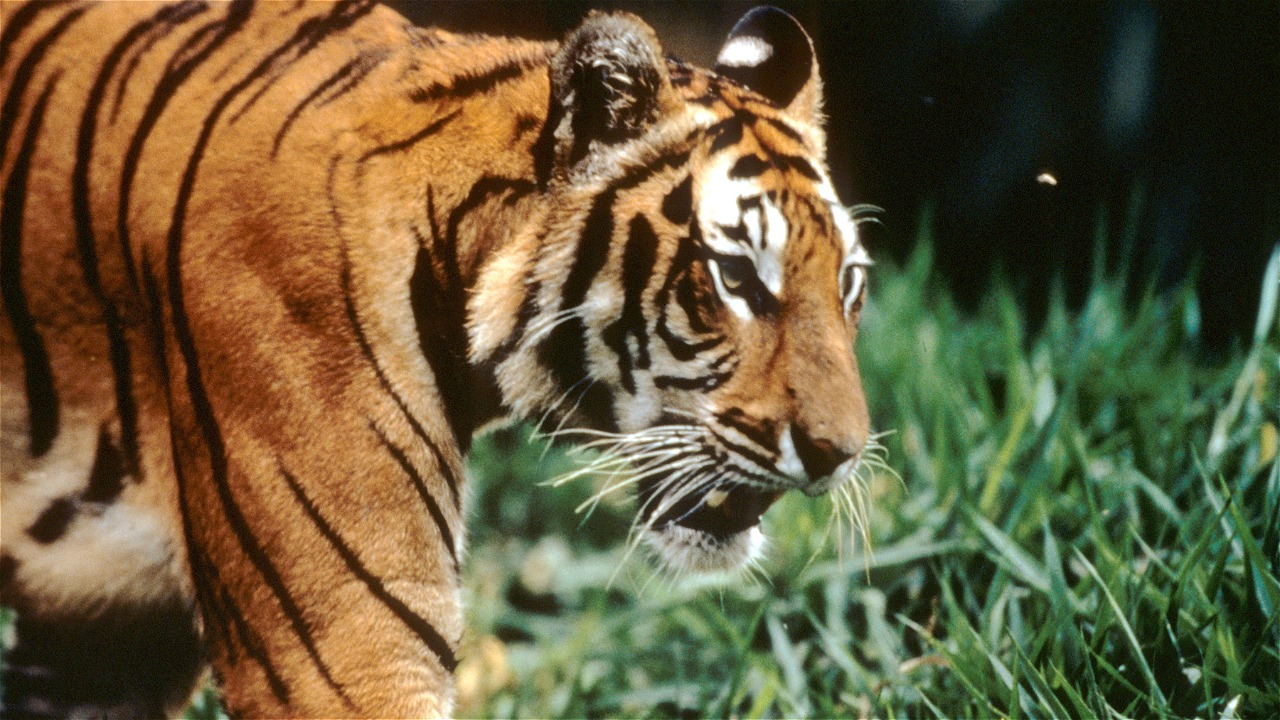SUMATRAN TIGER, DON'T LET IT GO EXTINCT!
By: Natalia T. Agnika and Ciptanti Putri
When we think of tigers, we think of big cats with charismatic and powerful figures. As an apex predator, the presence of tigers indicates a healthy forest ecosystem and the availability of sufficient water sources for all living things in the area.
Indonesia once had three types of tigers; the Bali Tiger, the Java Tiger, and the Sumatran Tiger. Unfortunately, the Balinese and Javanese Tigers were declared extinct in the 1960s due to the poaching and persecution of these animals that had occurred frequently during the colonial era. Now only the Sumatran Tiger (Panthera tigris sumatrae) remains, which in its natural habitat on the island of Sumatra currently numbers less than 400 individuals.
That's why it was exciting when WWF-Indonesia's tiger research team in Rimbang Baling, Riau, saw the image of a Sumatran tiger caught in a camera trap. "The unique stripe pattern of each individual tiger functions like a fingerprint. It helps us estimate population size and observe the behavior of tigers caught on surveillance cameras," explained Sunarto, WWF-Indonesia's Species Specialist.
However, day by day, the condition of Sumatran tigers is getting worse. The facts come not only from the WWF-Indonesia team in the field, but also from other researchers in Sumatra who reveal that their camera traps rarely capture images of the animal. Instead, what has been found more frequently in recent years is tiger snares. This indicates a high level of poaching of Sumatran Tigers due to the rampant demand for all body parts of this species in the illegal market.
Besides poaching, the main threat to the Sumatran Tiger is uncontrolled habitat loss. "In less than 25 years, more than 12 million hectares of forest were lost. Now 40% of the remaining forest area is also threatened. Even protected areas are no longer safe," said Sunarto. The rapid development of industrial forests, especially for oil palm plantations, is suspected to be the main cause of the loss of natural forests in Sumatra.
As a result of the reduced habitat of one of these umbrella animals, cases of tiger and human conflict have increased. Sumatran tigers, which used to live comfortably and peacefully in protected forest areas, are now reportedly seen in residential areas. A number of cases, such as cases of tigers attacking livestock, invading agricultural land and plantations, injuring people, or tigers caught in snares of game animals, show that the lives of these animals in their natural habitat have been disrupted.
To restore the number of tigers in the world, at the Tiger Summit in St. Petersburg in 2010, Indonesia and 12 other countries committed to double the number of tigers. The program was called "TX2" (Tiger X2), with an ambitious and visionary conservation target: to double the number of tigers by the end of 2022, the next Year of the Tiger.
"We are currently conducting groundbreaking research on Sumatran Tigers in Central Sumatra using camera traps to estimate population size, habitat and distribution to identify wildlife corridors in need of protection," said Sunarto. Working closely with local governments, industries that threaten tiger habitat, other conservation organizations, and local communities, WWF-Indonesia's team on the ground is working tirelessly to save the Sumatran Tiger from extinction. WWF also deploys anti-poaching patrol teams and units that work to reduce human-tiger conflict in local communities.
"Apart from strict law enforcement, the first priority in Sumatra is to secure natural forest areas and protected areas as habitat for Sumatran Tigers. We must ensure a wider area by means of sustainable land use management," Sunarto concluded.
Urban communities can also play an active role in Sumatran Tiger conservation efforts. One of them is by adopting a green lifestyle, which is proven to be environmentally friendly and able to prevent the reduction of forest area converted into industrial and production land. Ensure that the products we consume are environmentally friendly products, which have sustainable forest utilization management and are Forest Stewardship Council (FSC) certified. Save on paper and tissue usage. Other examples of green lifestyles can be learned in a fun way through the "Green Lifestyle WWF" sticker series which can be uploaded on the Blackberry Messenger Shop.
You can also support WWF-Indonesia's various Sumatran Tiger conservation programs. One of them, by becoming a Tiger Warrior in the "WWF Warrior" program. Let's realize the increase in the number of tigers by the end of 2022, for a better balance of ecosystems and earth.





